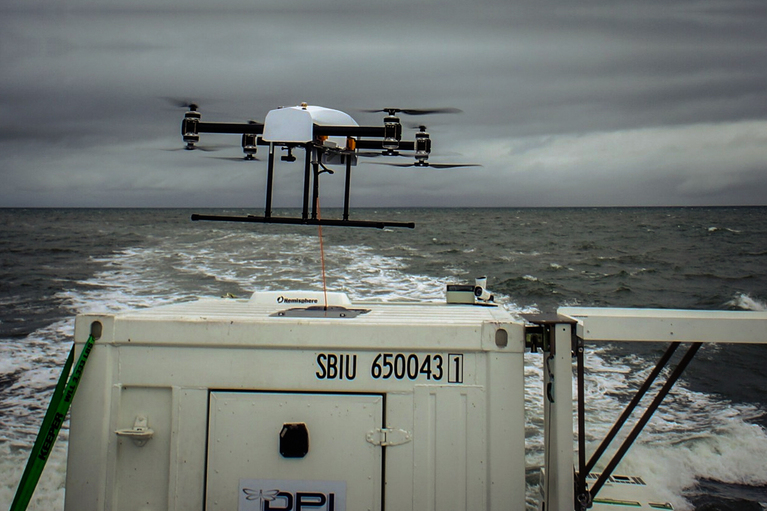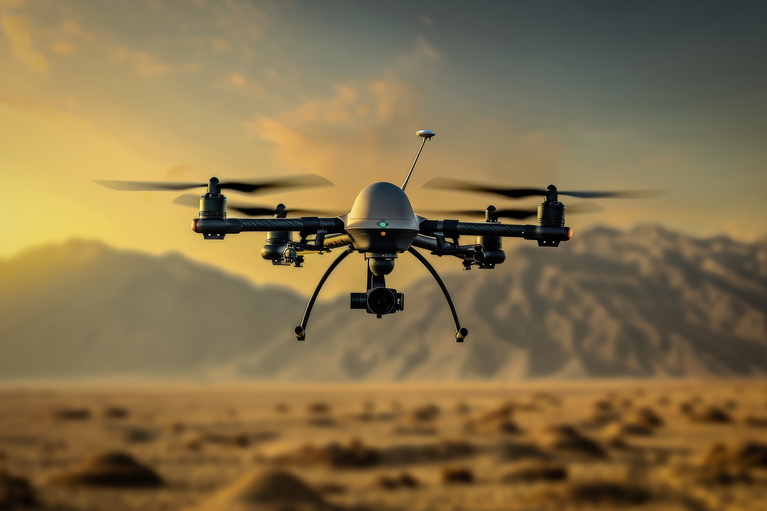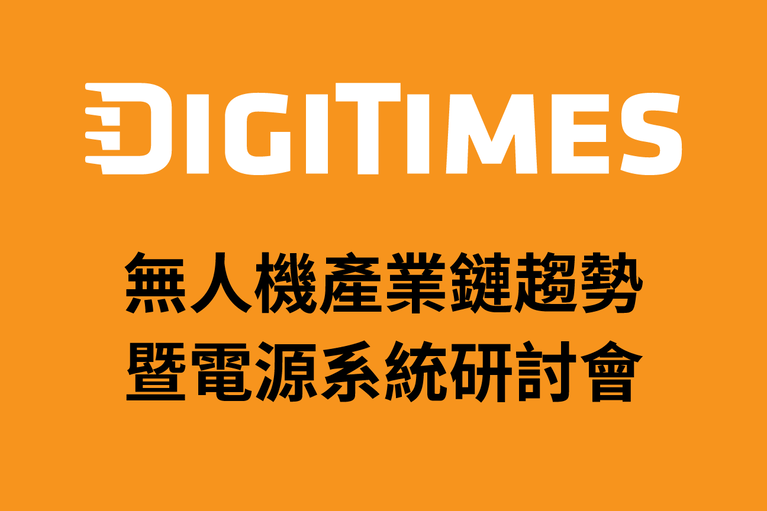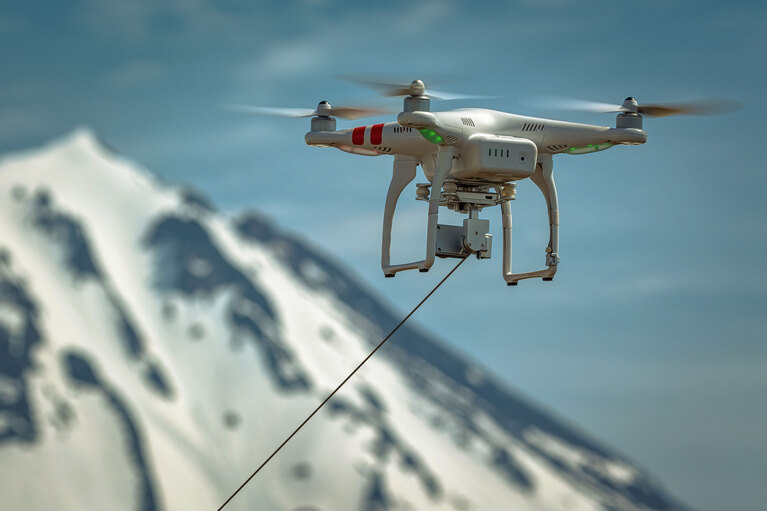
Accelerate your move to a high performance 48V power delivery network
This eBook provides guidance on designing 48V power delivery networks to enhance the performance, efficiency, and reliability of industrial products
Deploying 800V enabled the tethered UAV to minimize losses and drag by using a thinner, lighter tether cable power.
Dragonfly Pictures, Inc. (DPI) tethered multirotor drones are perfect for aerial tasks that require in-place, hovering motion. Their long tether links them to a base station allowing for a continuous supply of power, which enables them to stay aloft for hours or even days.
However, these tethers can carry substantial weight or drag. Every ounce of tether weight is one less ounce available for the drone payload. To combat this, designers utilize two different methods to reduce tether mass. One way is to produce the tether out of lightweight synthetic material; another is to use a high voltage/low current supply at the base station to minimize the size of the tether conductors, then down-convert the voltage on the UAV.
Figure 1: By levitating an antenna, the UMAR system can extend boat/ship radio line-of-site connectivity from eight miles to 30 miles, thereby boosting communication range nearly 4x.
To understand the benefits of using high-voltage power, you need to consider that passing power through a long tether results in transmission losses due to the resistance of the long cable. Also, a thick tether cable is heavier causing more drag. So to maximize payload, you can reduce drag (weight) by reducing the tether thickness.
To optimize the power delivery network (PDN) for tethered UAV and minimize distribution losses, it is best to transmit a high voltage up the tether and perform power conversion at the top inside the UAV.

Figure 2: The use of a high-voltage DC lowers the current flowing in the tether (I = P/V) allowing a smaller diameter tether cable to be employed which reduces the I2R losses.
The use of a high-voltage DC lowers the current flowing in the tether (I = P/V) allowing a smaller diameter tether cable to be employed which reduces the I2R losses. Sending high-voltage power (400V or higher) up the tether and converting down to loads with highly efficient fixed ratio converters is quickly becoming a best practice for powering tethered UAVs (Figure 2).
DPI UAV Systems innovated PDN to deliver high performance Unmanned Multirotor Aerial Relay (UMAR). UMAR is a tethered drone that lifts 15lb payloads, such as communication antennas, up to 500+ feet in the air. By levitating an antenna, the UMAR system can extend boat/ship radio line-of-site from 8 – 30 miles, thereby boosting communication range nearly 4x. The system has been designed to withstand harsh temperatures from zero to 120°F and can provide 400+ hours of nonstop up time and operations.
UMAR consumes 8 to 10kW, all of which is supplied via the tether. DPI down-converts 800V power coming up through the tether into 50V via Vicor high-voltage BCM® VIA modules. Eight BCMs power the UMAR’s eight independent rotors, with the ability to share power among the rotors in parallel for redundancy. An additional onboard UHV BCM powers the avionics, autopilot and payload.
The UHV BCM4414 modules are fixed-ratio DC-DC converters providing high-efficiency conversion (98%), up to 776W/in3 power density and integrated EMI filtering while still maintaining a scalable design measuring at just 4.35×1.40×0.37in [110.55×35.54×9.40mm].

Figure 3: There are eight Vicor BCMs arrayed to power the DPI UMAR’s eight independent rotors, with the ability to share power among the rotors in parallel for increased redundancy. The integrated filtering capability within the Vicor BCMs helped to minimize EMI.
These modules are encased in a waterproof aluminum enclosure to prevent water ingress and mounted to the host PCBs in an architecture that allows two-sided cooling. A system of heat pipes and heat sinks provide passive cooling when the drone is on the host vessel. When airborne, the spinning rotors provide additional active cooling.
A low-voltage-side-referenced PMBus-compatible telemetry and control interface provides access to fault monitoring and other telemetry functions. This PMBus® capability allows UMAR operators to monitor system temperatures, voltage and currents in real time – information which is particularly valuable in hot climates.
The UHV also features a small companion filter reference design outside the VIA™ package which cuts conducted EMI levels to minimize electrical noise and thus allowing clear RF communications between the drone and host/support vessels.
Tested extensively in real-world operating conditions, DPI tethered drones are currently being qualified for use by the U.S. Navy in marine and maritime environments for intelligence, surveillance, reconnaissance (ISR), communications and video applications.
This article was originally published by Power Electronic Tips.
Accelerate your move to a high performance 48V power delivery network
This eBook provides guidance on designing 48V power delivery networks to enhance the performance, efficiency, and reliability of industrial products
Build better UAVs using modular power
Power Delivery Networks (PDN) based on Vicor high performance power modules enable innovative designs for the next generation of UAV development
UAV Market Trends and Power System Seminar 2025 Taipei, Taiwan
Power modules enable top performance and innovation for today’s advanced UAVs
High-density, high-power modules enable lighter, safer, lower cost tether cables to extend missions
This class of unmanned vehicle is powered and controlled via a tether from a ground-based power source assisting in extended missions



